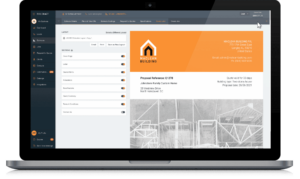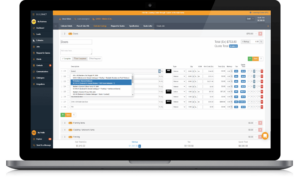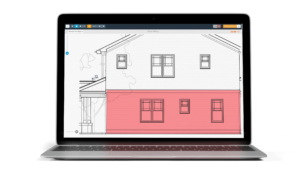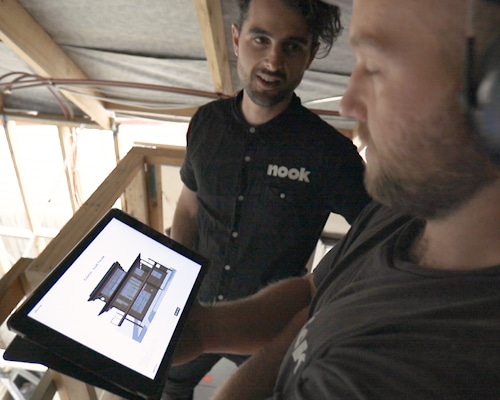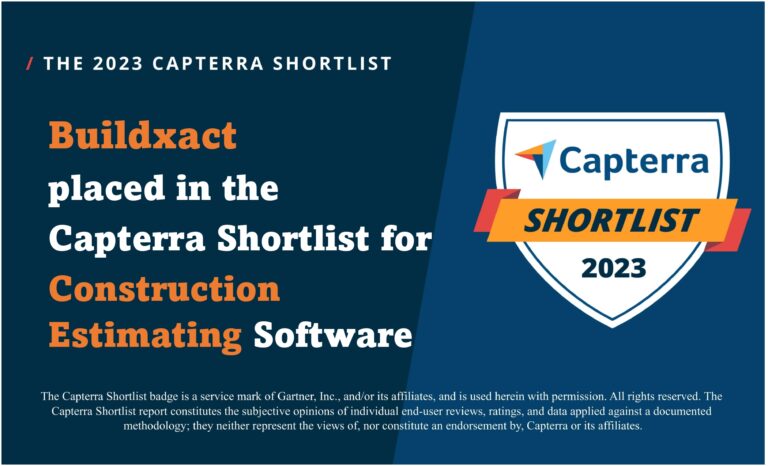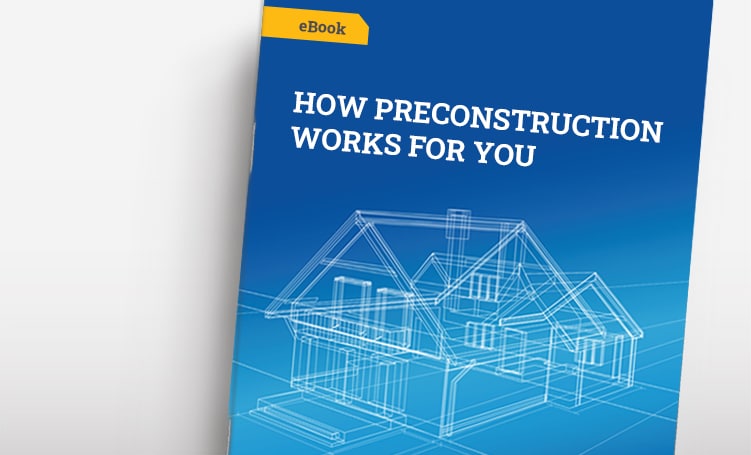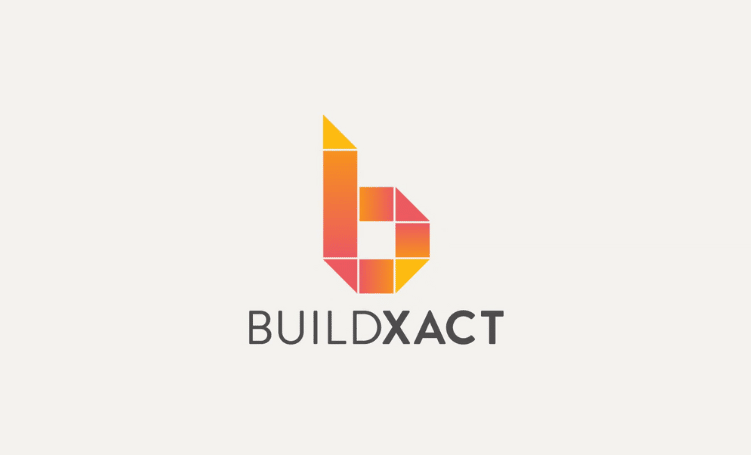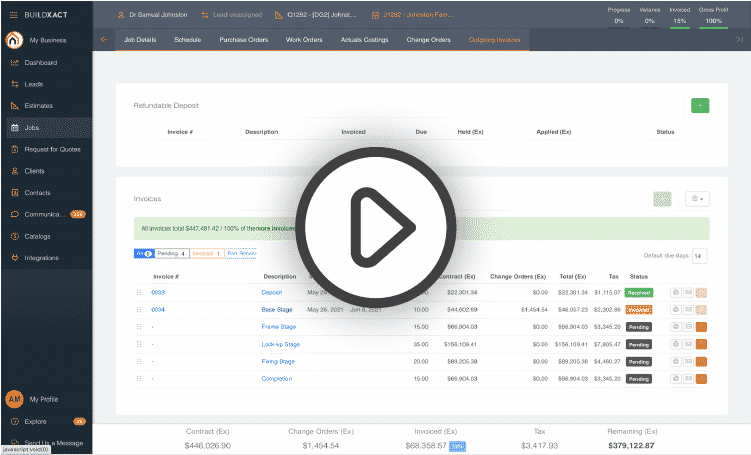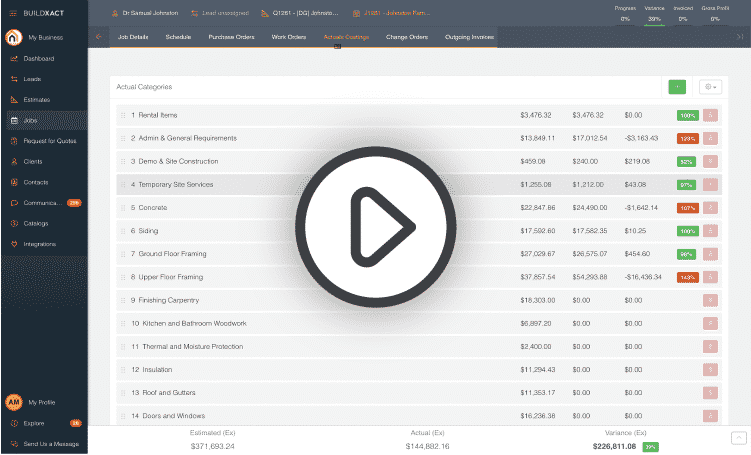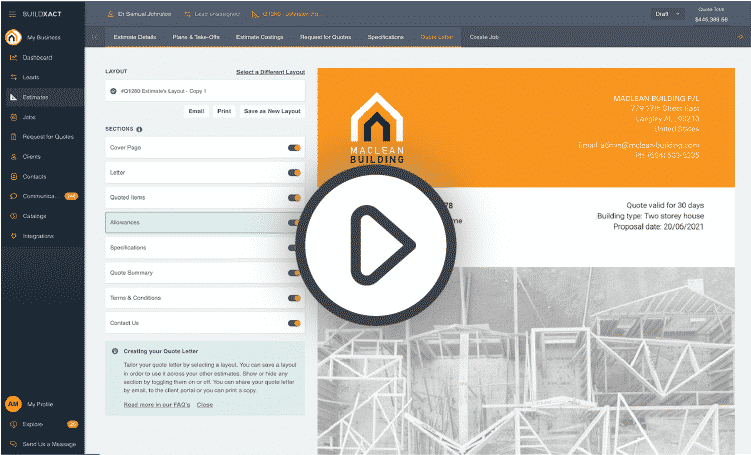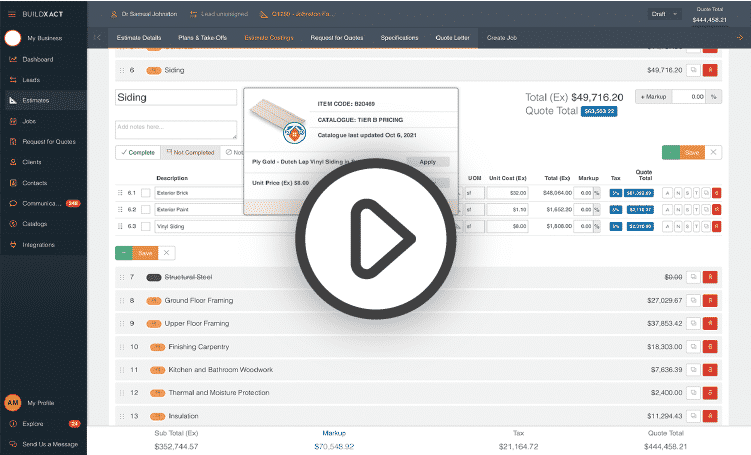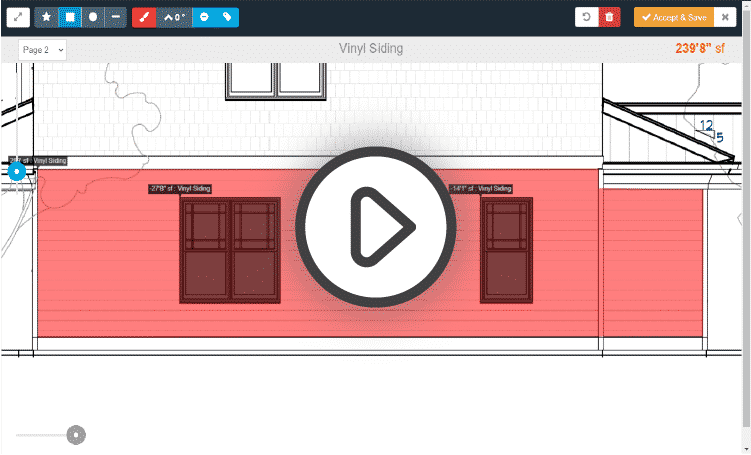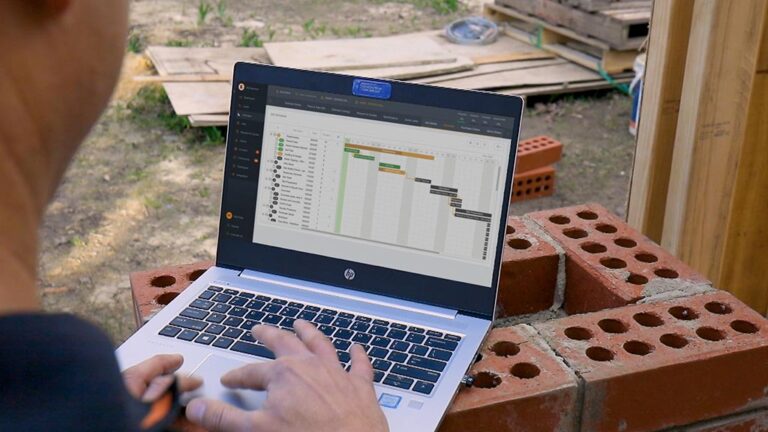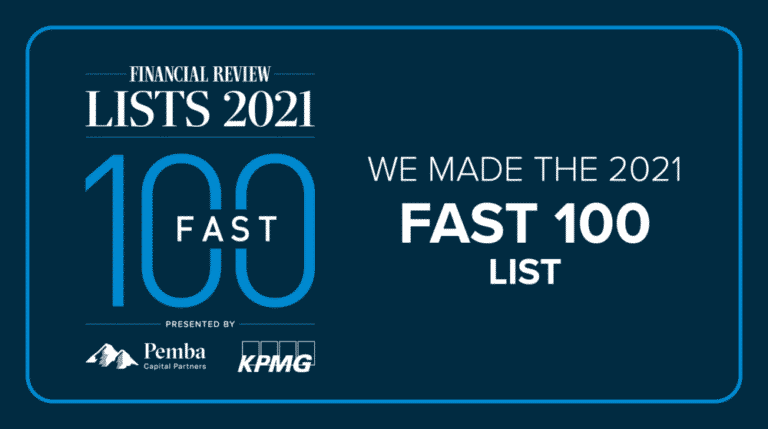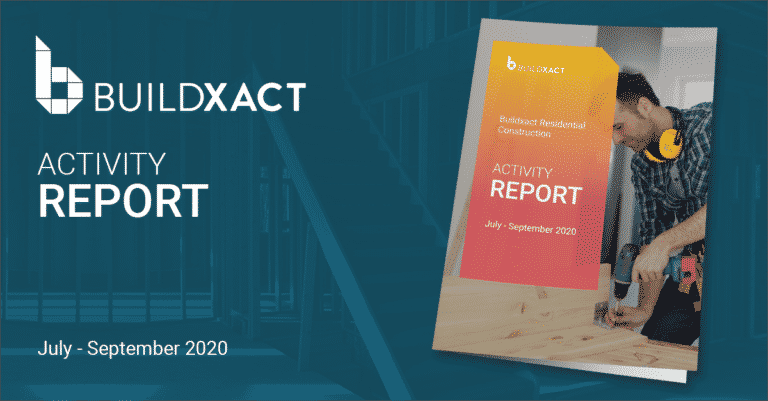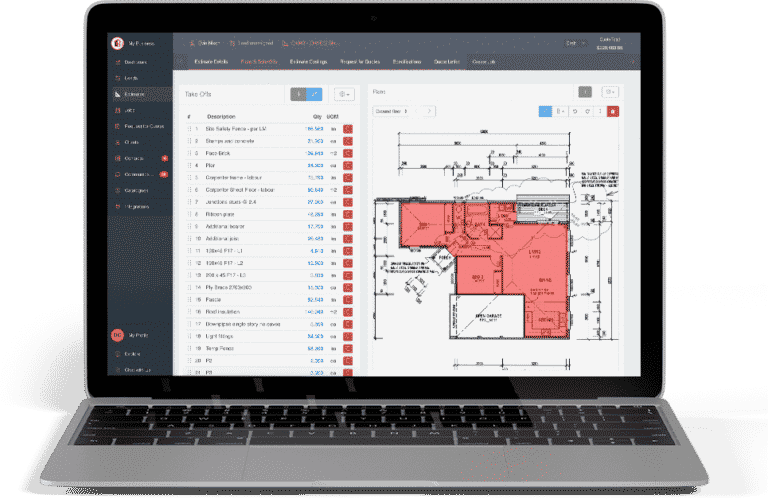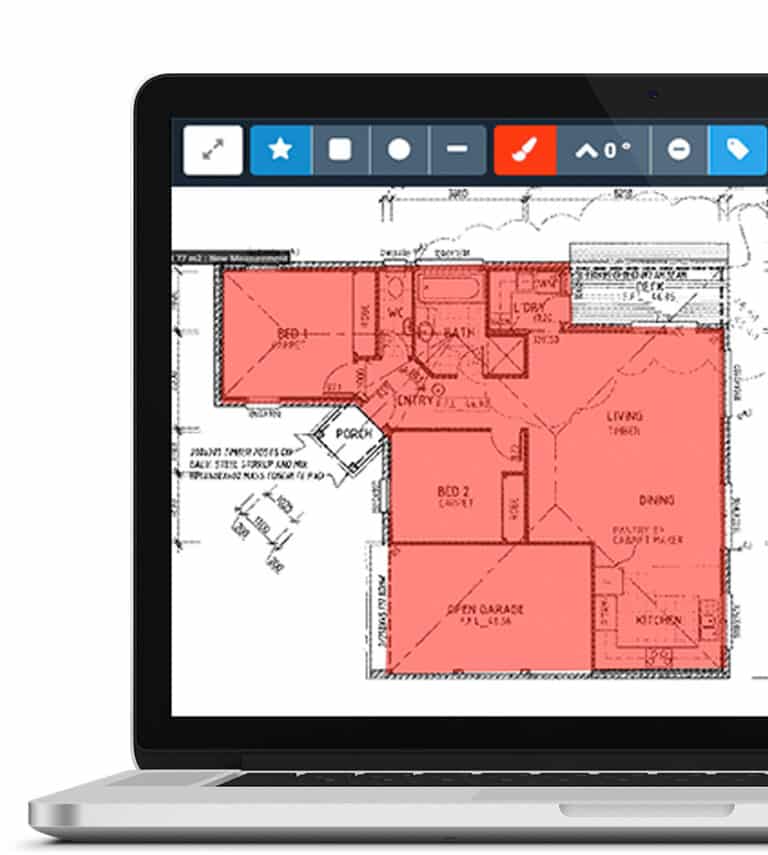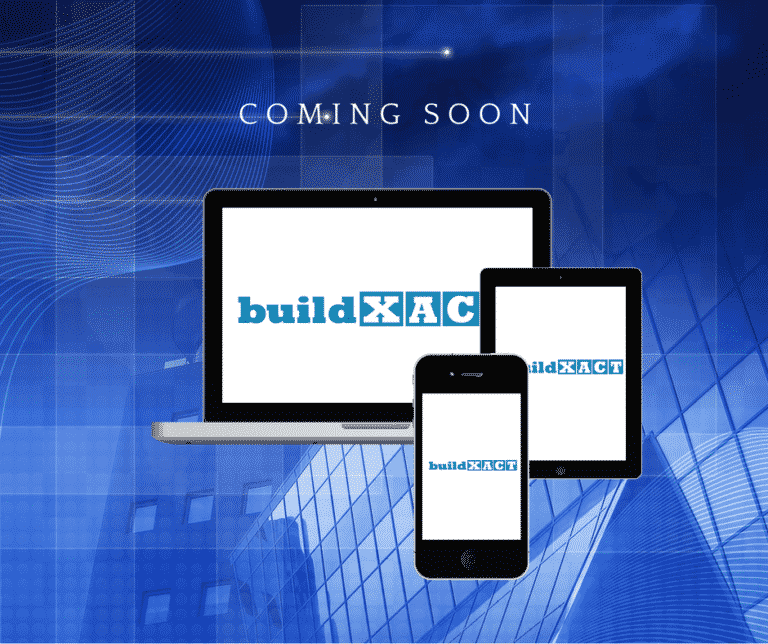Traditional manual project scheduling methods using paper and pen often fall short in the building business, where material delays and labor cost overruns disrupt project management. What seems like solid project management often becomes false assumptions in a fast-moving industry.
Without a doubt, construction projects thrive on accurate front-end planning that also remains flexible using data-driven software.
In a competitive industry, data-driven project scheduling is a must-have because it leverages historical information and real-time information. With both of these as inputs, project scheduling becomes more precise, adaptable and efficient. In turn, projects regardless of size and complexity finish on time and on budget. The end result is a more profitable bottom line for the home builder.
If you’re reading this, chances are you’re looking for a way to make more data-driven decisions using modern technology for schedule management.
We’ll explore the importance of data-driven project scheduling, but let’s first cover some basics and how project scheduling benefits your overall job management.
What is the purpose of project scheduling?
Project scheduling provides a roadmap for all aspects of a home build. Planning includes time management, resource allocation, cost control and team-wide communication. Superior project scheduling plots out tasks sequentially to ensure nothing is missed and project progress is accurately measured.
Proper project scheduling tools do this visually for ease-of-use and contains all the necessary data to pivot and change direction based on any hurdles or delays you might unexpectedly encounter.
Project scheduling process – monitor and control
Project schedule management systems require ongoing monitoring and control. Project managers, trades, material suppliers and anyone associated with the project should have regular input into the schedule and how it is progressing.
It is essential to track progress, identify discrepancies and make informed adjustments as your project progresses. Typically, this is done through site diaries. Creating logs has become easier as mobile devices have become more useful on the job site using cloud-based construction management software.
Now let’s quickly review the many benefits of data-driven project scheduling for your home construction business:
Decision accuracy
The ability to make informed choices is about more than using current information from a site diary. You must also analyze historical data. Modern construction management software typically offers easy access to past project scheduling data. Past project execution, broken down by individual tasks offers a way to forecast future task management in a way that ensures realistic project deliverables.
Decision efficiency
Tracking progress in construction management software against the planned timeline allows you to identify potential delays and take corrective measures to minimize wasted time and materials. Regularly comparing actual tasks to estimated duration, analyzing any discrepancies, and adjusting the schedule as needed ensures timely project completion. The key is having a software tool that makes these updates quick and easy to see at a glance. Modern construction management software typically includes Gantt charts that can be updated with the click of a mouse.
Financial controls
Accurately tracking costs in a job management system against the projected budget allows you to identify problems early. From identifying potential cost overruns to negotiating better materials prices, you can take corrective actions in collaboration with your subs and customers. The key is having a central place to store all your financial data. Traditional project scheduling templates in Excel don’t work here because it’s too easy to forget tasks, or worse yet, to make unnoticed errors in calculations. Increasingly, builders are turning to job management software that fits into a larger package of construction estimating and quoting.
Risk assessment
Early in the project scheduling process, you can identify potential risks like weather delays, materials shortages, or labor issues and develop a contingency plan. Automating with software makes it possible to set dependent tasks that move in unison. By grouping many tasks under parent tasks, updates to your project timeline are simple and help you see patterns. You then can assess the likelihood that those patterns impact the entire project, and implement alternatives to minimize the impact of the risks on your project progress.
Evaluation and prediction
Post-project evaluation allows you to learn and assess by comparing actuals against the planned schedule, enabling you to improve your project scheduling on future projects. By consistently monitoring actual performance against the job management system’s baseline schedule, you can better predict potential issues, allowing you to adjust as needed.
Challenges in data-driven decision-making
The road to effective data-driven decision-making has its challenges. Understanding issues related to data quality, navigating the complexities of data analysis, and the hurdles that may hinder ideal outcomes is crucial when using a job management system. We’ve listed a short list of possible challenges and how to maneuver around them to ensure success:
Data overload
Data is great, yet too much can be overwhelming. Prioritize the most relevant data sources and remove the unwanted data to streamline. Staying focused on your main goal is essential. Everything else can be filtered out.
Security concerns
Today, protecting your data is critical. Best practices on security protocols, encrypting sensitive information, and keeping up to date on software are vital security measures. Using trusted cloud-based software with security built-in is ideal.
Integration challenges
Data compatibility, legacy systems (or no systems), data duplication, inconsistency, and more make it seem like a real hindrance to integrating multiple systems. The answer is to streamline, streamline, streamline. Using modern construction management software can streamline for you. If you’re unsure how to accomplish this, seek experts in project schedule management software to assist rather than tackle it alone. You may wear many hats, but this one may be best left to the experts. Then you can take all the credit.
Resistance to change
Change is hard and is also one of the things we can always count on. Let’s face it: the building industry is reluctant to embrace significant changes. The day-to-day desktop software, like Excel and Word, are great but aren’t a serious source of predictive outcomes like project scheduling software. With proper training and support, you can easily automate your systems to do the majority of work for you.
Project schedule vs. project plan
A project plan generally comes first and outlines the scope of work and defines the goals using detailed estimates and specifications that include budgets, types of resources needed, and potential risks so that you can schedule accordingly. A project plan is generally signed and approved by the stakeholders or owners of the project.
A project schedule is typically more fluid, specifically focusing on the project’s overall activity, offering a sequence of events to complete the project — an active roadmap. It provides detailed task progressions and estimates how long tasks will take and the path to completion.
The project plan is the what and why, while the project schedule is the when and how.
What are job management scheduling tools?
Job management scheduling tools are designed to create, visualize and manage project schedules and are powerful automated software applications that enable features beyond a traditional calendar. They include Gantt charts, task lists, resource allocation tools, critical path analysis, and more. In most instances, they integrate with other software like Quickbooks.
Job management scheduling tools will streamline your business, offering improved planning, efficiency, and communications so you can be more strategic and enhance your bottom line.
Tired of missed deadlines and cost overruns? See how Buildxact puts your projects on track. Book a demo and discover how easy construction management can be with a 14-day free trial.






